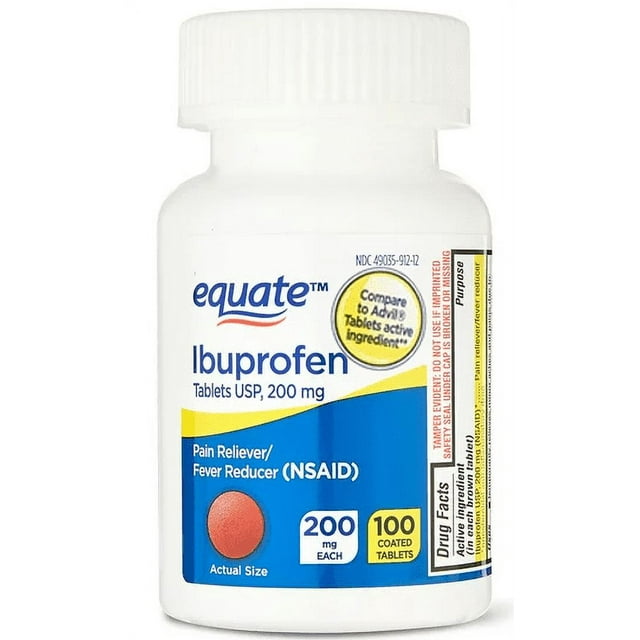Osgood-Schlatter Disease: Symptoms, Causes, Treatment
What are the symptoms of Osgood-Schlatter disease?
Osgood-Schlatter disease is a common condition that affects the knees, especially in adolescents who are going through growth spurts. The main symptom of Osgood-Schlatter disease is pain and swelling just below the kneecap. Other symptoms may include:
- Tenderness or pain in one or both knees, especially during physical activity or when kneeling or bending the knee
- Swelling or a bump just below the kneecap, which may be more prominent after physical activity
- Tightness or stiffness in the knee joint
- Increased pain with activities that involve running, jumping, or climbing stairs
- The knee may feel tender to the touch
- Limited range of motion in the knee
Symptoms of Osgood-Schlatter disease typically develop gradually and may worsen with physical activity. The condition usually improves on its own over time, once the growth spurt is complete and the bones and muscles have matured. However, it’s important to see a healthcare provider for an accurate diagnosis and to discuss treatment options if the pain or swelling is severe or persistent.
What are the causes of Osgood-Schlatter disease?
Osgood-Schlatter disease is caused by repetitive stress or tension on the growth plate of the upper shinbone (tibia), which is located just below the kneecap (patella). This stress or tension can lead to inflammation and irritation of the growth plate, resulting in the characteristic symptoms of the condition. Several factors may contribute to the development of Osgood-Schlatter disease, including:
- Overuse or Repetitive Stress: Osgood-Schlatter disease often occurs in adolescents who participate in activities that involve running, jumping, or other high-impact activities. These activities can put stress on the growth plate, especially during periods of rapid growth.
- Muscle Tightness or Imbalance: Tightness or imbalance in the muscles around the knee, particularly the quadriceps muscles at the front of the thigh, can contribute to increased stress on the growth plate.
- Rapid Growth Spurts: Adolescents who experience rapid growth spurts may be more susceptible to Osgood-Schlatter disease, as the bones and muscles may grow at different rates, leading to increased tension on the growth plate.
- Biomechanical Factors: Issues with the alignment or mechanics of the knee joint, such as flat feet (overpronation) or abnormal tracking of the kneecap (patellar maltracking), can contribute to increased stress on the growth plate.
- Genetic Factors: There may be a genetic component to Osgood-Schlatter disease, as it tends to run in families.
It’s important to note that while Osgood-Schlatter disease is more common in adolescents, it can also occur in younger children and adults. The exact cause of Osgood-Schlatter disease is not fully understood, and it is likely due to a combination of factors.
What is the treatment for Osgood-Schlatter disease?
Treatment for Osgood-Schlatter disease is aimed at relieving pain and reducing inflammation, as well as addressing any underlying biomechanical factors that may be contributing to the condition. Most cases of Osgood-Schlatter disease improve with conservative treatment. Some common treatment options include:
- Rest: Avoiding activities that exacerbate symptoms, such as running or jumping, can help reduce stress on the knee and allow the growth plate to heal.
- Ice: Applying ice to the affected knee for 15-20 minutes several times a day can help reduce pain and swelling.
- Pain Relief: Over-the-counter pain medications, such as acetaminophen or ibuprofen, can help relieve pain and reduce inflammation. Always follow the dosing instructions on the label.
- Physical Therapy: Stretching and strengthening exercises for the quadriceps, hamstrings, and calf muscles can help improve flexibility and reduce stress on the knee. A physical therapist can develop a customized exercise program to address specific needs.
- Bracing: A knee brace or strap may help support the knee and reduce tension on the patellar tendon.
- Activity Modification: Modifying activities to reduce stress on the knee, such as avoiding high-impact activities or using proper techniques during sports, can help prevent symptoms from worsening.
- Orthotics: Custom orthotic inserts for the shoes can help correct any underlying biomechanical issues, such as flat feet or overpronation, which may be contributing to the condition.
In rare cases, when conservative measures fail to provide relief, or if the symptoms are severe and affecting daily activities, surgery may be considered. Surgery for Osgood-Schlatter disease typically involves removing the bony prominence (ossicle) and any associated scar tissue from the tibial tubercle. However, surgery is usually reserved for cases where conservative treatment has been unsuccessful, as it carries risks and requires a period of recovery.




